Home>Gardening & Outdoor>Landscaping Ideas>How To Grow Grass In Shaded Areas
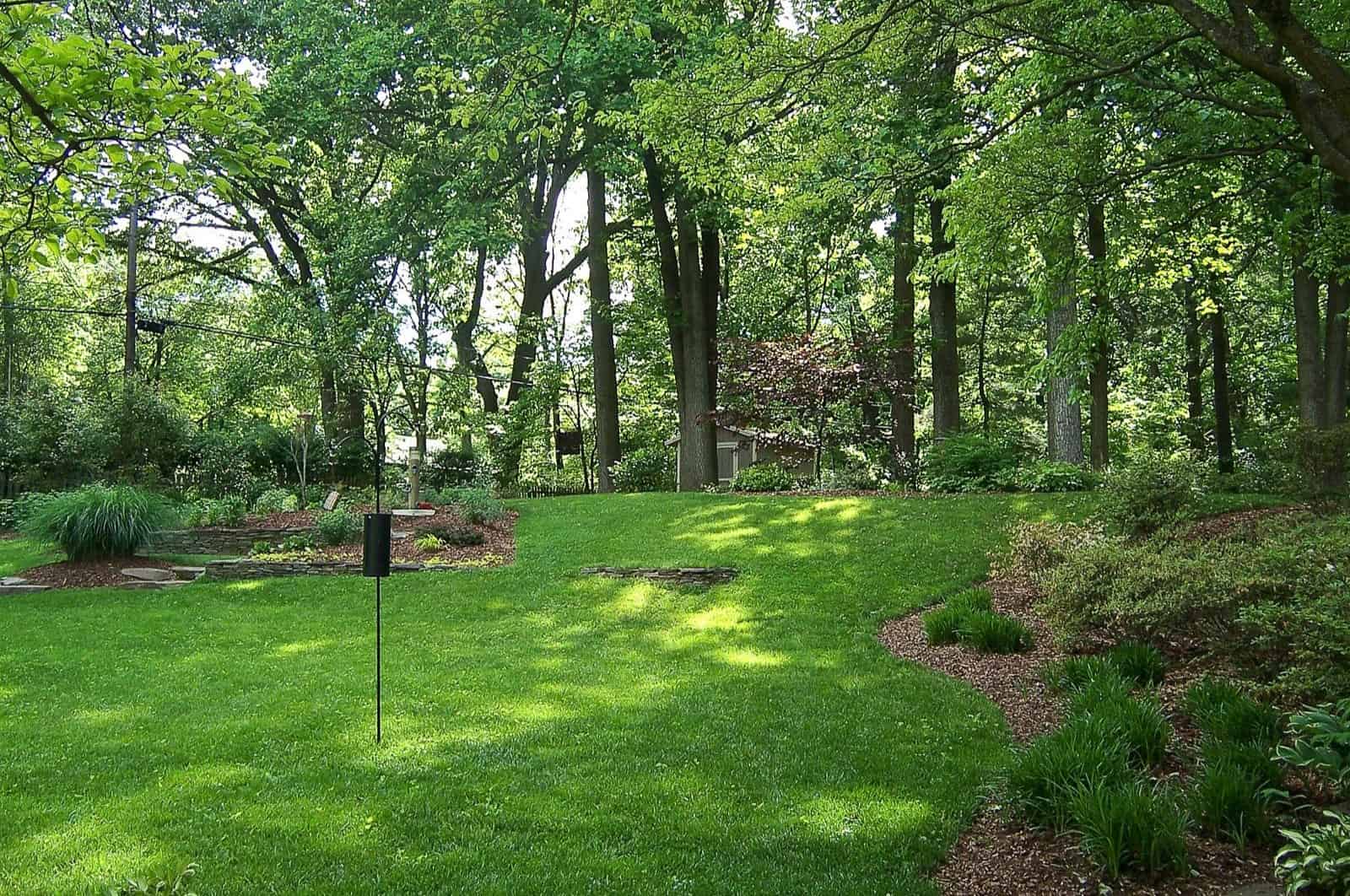

Landscaping Ideas
How To Grow Grass In Shaded Areas
Modified: March 26, 2024
Discover effective landscaping ideas for growing grass in shaded areas. Learn how to achieve a lush lawn in shady spots with our expert tips and techniques.
(Many of the links in this article redirect to a specific reviewed product. Your purchase of these products through affiliate links helps to generate commission for Storables.com, at no extra cost. Learn more)
Introduction
Finding the right grass for shaded areas can be a challenging yet rewarding endeavor for any landscaping enthusiast. While shaded areas in your yard or garden may seem like barren spots where grass refuses to thrive, with the right approach and knowledge, you can transform them into lush, green spaces.
In this comprehensive guide, we will explore the art and science of growing grass in shaded areas. From understanding the unique challenges posed by shade to selecting the most suitable grass seed and providing essential care, we will cover every aspect to help you achieve a verdant and healthy lawn even in the shadiest corners of your outdoor space.
So, whether you have a yard dotted with trees, a garden with tall structures casting shadows, or any other shaded outdoor space, this guide is your key to unlocking the secrets of successful grass growth in such challenging environments. Let's embark on this enlightening journey and discover the wonders of cultivating thriving grass in shaded areas.
Key Takeaways:
- Embrace shade-tolerant grass varieties like fine fescue and perennial ryegrass for successful growth in shaded areas. Tailor care practices to meet the unique needs of grass in shade, promoting resilience and vitality.
- Prioritize thorough soil preparation in shaded areas to create an optimal foundation for grass establishment. Stay vigilant against common challenges like moss, fungal diseases, and tree root competition to maintain a healthy and vibrant lawn.
Understanding Shaded Areas
Shaded areas in a yard or garden present unique challenges for growing grass. Understanding the nature of shade is crucial to effectively addressing these challenges and nurturing healthy grass. Shade can be categorized into several types, each with its own impact on grass growth:
- Light Shade: In these areas, the shade is dappled or intermittent, allowing some sunlight to filter through during the day. Grass in light shade areas may still receive a few hours of direct sunlight, albeit not consistently.
- Moderate Shade: This type of shade occurs under trees with high canopies or in areas where structures partially block sunlight. Grass in moderate shade areas receives limited direct sunlight and may be exposed to more consistent shade throughout the day.
- Deep Shade: Deep shade areas are often found under dense tree canopies or in the shadow of tall structures. Grass in deep shade areas receives minimal to no direct sunlight, making it challenging for many grass varieties to thrive.
It’s important to assess the specific type of shade in your yard or garden to determine the most suitable grass varieties and maintenance practices. Additionally, understanding the impact of shade on soil moisture levels, air circulation, and competition from tree roots or other plants is essential for successful grass growth in shaded areas.
Shade can also affect the temperature of the soil, leading to cooler conditions that may slow down the growth of certain grass species. Furthermore, shaded areas often experience increased moisture retention, which can create favorable conditions for moss and fungal growth, posing additional challenges for maintaining healthy grass.
By gaining a thorough understanding of the characteristics and implications of shaded areas, you can make informed decisions when selecting grass seed, preparing the soil, and implementing maintenance strategies to foster thriving grass in these challenging environments.
Selecting the Right Grass Seed
Choosing the appropriate grass seed is a critical step in establishing a healthy lawn in shaded areas. When selecting grass seed for shaded areas, consider the following factors to ensure the best possible outcome:
- Shade Tolerance: Opt for grass seed varieties specifically formulated for shade tolerance. Fine fescue, hard fescue, and certain types of perennial ryegrass are known for their ability to thrive in shaded environments. These varieties are adapted to limited sunlight and can withstand the challenges posed by shade, such as competition from tree roots and reduced air circulation.
- Soil Conditions: Assess the soil conditions in the shaded area. Some grass seed varieties are better suited for compacted or poorly-drained soils commonly found in shaded areas. For example, fine fescue varieties exhibit good adaptability to such soil conditions, making them a suitable choice for shaded areas with less than ideal soil quality.
- Maintenance Requirements: Consider the maintenance needs of different grass seed varieties. While some varieties may require more frequent mowing and fertilization, others are low-maintenance and can thrive with minimal intervention. Select a grass seed type that aligns with your maintenance preferences and capabilities.
- Climate Compatibility: Take into account the climate and local weather conditions when choosing grass seed. Some shade-tolerant grass varieties are better suited for cooler regions, while others can withstand heat and humidity. By selecting a grass seed variety that is well-adapted to the local climate, you can enhance its chances of successful establishment and long-term vitality.
- Blend Considerations: In some cases, a blend of different grass seed varieties may be beneficial for shaded areas. Blends that combine shade-tolerant grasses with species known for their resilience in different conditions, such as drought or heavy foot traffic, can create a more robust and adaptable lawn in shaded environments.
Before purchasing grass seed, carefully assess the specific characteristics of the shaded area, including the type and duration of shade, soil composition, and climate. Consulting with a local horticulturist or lawn care expert can provide valuable insights and recommendations tailored to your region and the unique features of your shaded outdoor space.
By selecting the right grass seed based on shade tolerance, soil conditions, maintenance requirements, climate compatibility, and potential blend advantages, you can lay a solid foundation for cultivating healthy and resilient grass in shaded areas.
Preparing the Soil
Proper soil preparation is essential for creating an optimal environment for grass to thrive in shaded areas. The following steps will help you prepare the soil effectively:
- Assess Soil Composition: Begin by assessing the composition of the soil in the shaded area. Soil testing can provide valuable insights into its pH level, nutrient content, and overall quality. Understanding the soil composition enables you to make informed decisions regarding soil amendments and fertilization.
- Loosen Compacted Soil: Shaded areas are prone to compacted soil, which can hinder root development and water penetration. Use a garden fork or aeration tool to gently loosen the soil, improving its structure and promoting better air and water circulation.
- Address Drainage Issues: Evaluate the drainage capabilities of the soil. Shaded areas may experience reduced evaporation rates, leading to excess moisture retention. If drainage issues are identified, consider incorporating organic matter, such as compost or peat moss, into the soil to enhance its drainage capacity.
- Amend Soil as Needed: Based on the results of soil testing, amend the soil to optimize its nutrient levels and pH balance. Adding organic matter, such as well-decomposed compost or aged manure, can enrich the soil and provide essential nutrients for grass growth. Additionally, lime or sulfur can be applied to adjust the pH level if necessary.
- Level the Soil Surface: Ensure that the soil surface is level and free of debris. Rake the soil to create a smooth and uniform surface, removing any rocks, roots, or other obstacles that could impede the establishment of grass seed.
- Consider Starter Fertilizer: Applying a high-phosphorus starter fertilizer can support the initial growth of grass seedlings in shaded areas. Look for a fertilizer specifically formulated for establishing new lawns, as it will provide the essential nutrients needed for strong root development and early vigor.
By meticulously preparing the soil in shaded areas, you can create an inviting and nurturing foundation for the successful establishment of grass. Addressing soil compaction, drainage issues, nutrient deficiencies, and surface irregularities sets the stage for healthy root growth and robust grass development in challenging shaded environments.
Choose a shade-tolerant grass variety like fine fescue or creeping red fescue for shaded areas. These types of grass can thrive with less sunlight.
Planting the Grass Seed
Planting grass seed in shaded areas requires careful attention to timing, seeding techniques, and post-planting care to maximize the chances of successful germination and establishment. Follow these guidelines to ensure a successful planting process:
- Optimal Timing: Choose the right time to plant grass seed in shaded areas. Early fall is often the ideal season, as cooler temperatures and consistent moisture create favorable conditions for seed germination and establishment. Spring can also be suitable, but it may require more diligent watering and monitoring due to potentially drier and warmer conditions.
- Seed Distribution: Use a hand-held or mechanical spreader to distribute the grass seed evenly across the prepared soil surface. Pay close attention to the recommended seeding rates for the specific grass variety or blend you have chosen, ensuring thorough coverage without overcrowding the area.
- Seed-to-Soil Contact: Achieving good seed-to-soil contact is essential for successful germination. Lightly rake the seeded area to gently work the seeds into the soil, aiming for a sowing depth of approximately 1/4 to 1/2 inch. This promotes direct contact between the seeds and the soil, facilitating the absorption of moisture and nutrients essential for germination.
- Protective Mulch: Consider applying a thin layer of weed-free straw or mulch over the seeded area to help retain moisture and protect the seeds from drying out or being displaced by wind or water. Be mindful of the mulch depth, ensuring that it is light enough to allow the emerging seedlings to push through easily.
- Watering Regimen: Implement a consistent and gentle watering regimen to keep the soil evenly moist during the germination and early growth stages. Avoid heavy watering that could lead to soil compaction or wash away the seeds. A fine mist or light sprinkling several times a day may be necessary to maintain optimal moisture levels without saturating the soil.
- Monitor and Adjust: Regularly monitor the seeded area for signs of germination and adjust the watering schedule as needed based on weather conditions. Once the grass seedlings have emerged and established a strong root system, gradually transition to a deeper and less frequent watering routine to encourage deep root growth and overall resilience.
By planting grass seed with attention to timing, distribution, seed-to-soil contact, protective mulch, and a well-managed watering regimen, you can set the stage for successful germination and the establishment of healthy grass in shaded areas. Consistent monitoring and adjustments during the early growth stages will further support the development of a thriving lawn in challenging shaded environments.
Read more: How To Grow Shade Grass
Watering and Maintenance
Effective watering and maintenance practices are essential for nurturing healthy grass in shaded areas. By implementing a tailored approach that addresses the unique needs of shaded environments, you can promote robust grass growth and long-term vitality. Consider the following guidelines for watering and maintaining grass in shaded areas:
- Optimize Watering Schedule: Shaded areas often have different moisture requirements compared to sun-exposed regions. Adjust your watering schedule to reflect the reduced evaporation rates and potential moisture retention in shaded environments. Aim for deep, infrequent watering to encourage deep root growth and minimize surface moisture, which can contribute to moss and fungal issues.
- Monitor Soil Moisture: Regularly assess the moisture levels in shaded areas to gauge the effectiveness of your watering regimen. Use a soil moisture meter or simply probe the soil with your finger to determine if watering is needed. Adjust the frequency and duration of watering based on the specific moisture needs of the grass and soil conditions.
- Address Moss and Fungal Growth: Shaded areas are prone to moss and fungal growth due to reduced sunlight and increased moisture. Keep an eye out for signs of moss or fungal issues and take proactive measures to address them, such as improving air circulation, reducing surface moisture, and applying targeted treatments if necessary.
- Mowing Practices: Adjust your mowing practices to accommodate the characteristics of shaded grass. Raise the cutting height of your mower to promote stronger root development and enhance the grass’s ability to capture available light. Taller grass blades can also provide better shade tolerance and help prevent excessive moisture loss.
- Fertilization Strategy: Tailor your fertilization approach to meet the specific needs of grass in shaded areas. Use a balanced fertilizer with a slightly lower nitrogen content to encourage steady growth without promoting excessive leaf development. Apply fertilizers in accordance with the recommended rates and timing for shaded grass varieties.
- Aerate and Dethatch: Periodically aerate and dethatch the soil in shaded areas to alleviate compaction, improve air and water penetration, and promote the overall health of the grass. These practices help create an optimal growing environment for the roots and enhance the uptake of essential nutrients.
By customizing your watering and maintenance practices to suit the specific requirements of shaded grass, you can foster a resilient and vibrant lawn in challenging environments. Attentive monitoring, proactive measures to address common issues, and thoughtful adjustments to your care routine will contribute to the long-term success of grass in shaded areas.
Dealing with Common Issues
Shaded areas present unique challenges that can impact the health and appearance of grass. By proactively addressing common issues associated with shade, you can mitigate potential problems and support the vitality of your lawn. Consider the following strategies for dealing with common issues in shaded areas:
- Moss Control: Shaded areas with excess moisture and limited sunlight are conducive to moss growth. To address moss issues, improve air circulation by selectively pruning nearby vegetation, and adjust your watering practices to minimize surface moisture. Additionally, consider applying iron sulfate or potassium salts to effectively control and discourage moss growth.
- Fungal Management: Fungal diseases, such as dollar spot and brown patch, can thrive in shaded, moist environments. To manage fungal issues, promote better air circulation by thinning out overhanging branches and foliage. Implement proper watering practices to reduce surface moisture, and consider using fungicidal treatments if fungal diseases become prevalent.
- Tree Root Competition: Trees in shaded areas can compete with grass for essential nutrients and water. Minimize tree root competition by aerating the soil to improve root penetration and applying a layer of organic mulch to create a defined area for grass growth. These measures can help mitigate the impact of tree roots on the health of the grass.
- Thinning Grass: In areas with deep shade, grass may struggle to maintain density and vigor. Overseed thin or bare patches with shade-tolerant grass varieties to enhance coverage and restore the lushness of the lawn. Ensure proper seed-to-soil contact and provide consistent moisture to support the establishment of new grass seedlings.
- Weed Management: Shaded areas are susceptible to weed invasion, particularly in areas where the grass is sparse. Implement proactive weed management practices, such as hand-pulling or targeted herbicide application, to prevent weeds from overtaking the shaded lawn. Regular overseeding and promoting healthy grass growth can also help suppress weed encroachment.
By actively addressing common issues such as moss growth, fungal diseases, tree root competition, thinning grass, and weed invasion, you can create a more favorable environment for grass to thrive in shaded areas. Proactive measures and targeted interventions will contribute to the overall health and resilience of your shaded lawn, allowing you to enjoy a lush and vibrant outdoor space.
Conclusion
Cultivating a thriving lawn in shaded areas is a rewarding endeavor that requires a blend of knowledge, patience, and tailored care. By understanding the unique challenges posed by shade and implementing specialized strategies for grass selection, soil preparation, planting, and maintenance, you can transform shaded spaces into verdant and inviting landscapes. As you embark on this journey, keep the following key points in mind:
- Embrace Shade-Tolerant Varieties: Select grass seed varieties specifically formulated for shade tolerance, such as fine fescue and certain types of perennial ryegrass, to ensure successful growth in shaded areas.
- Prioritize Soil Preparation: Thoroughly assess and prepare the soil in shaded areas, addressing compaction, drainage, and nutrient levels to create an optimal foundation for grass establishment.
- Customize Care Practices: Tailor your watering, mowing, fertilization, and maintenance routines to meet the unique needs of grass in shaded environments, promoting resilience and long-term vitality.
- Proactively Address Issues: Stay vigilant against common challenges such as moss, fungal diseases, tree root competition, thinning grass, and weed invasion, implementing targeted solutions to maintain a healthy and vibrant lawn.
Ultimately, the journey of growing grass in shaded areas is a testament to the transformative power of thoughtful care and the resilience of nature. Through your dedication and informed approach, you can create lush, inviting outdoor spaces that thrive despite the challenges of shade. As you witness the gradual emergence of a vibrant lawn in previously shaded areas, you will experience the joy of nurturing life and beauty in every corner of your outdoor oasis.
With a commitment to tailored care, a deep understanding of shade’s impact, and a touch of creativity, you can turn shaded spaces into captivating havens of natural splendor, enriching your outdoor experience and creating a welcoming environment for all to enjoy.
Frequently Asked Questions about How To Grow Grass In Shaded Areas
Was this page helpful?
At Storables.com, we guarantee accurate and reliable information. Our content, validated by Expert Board Contributors, is crafted following stringent Editorial Policies. We're committed to providing you with well-researched, expert-backed insights for all your informational needs.
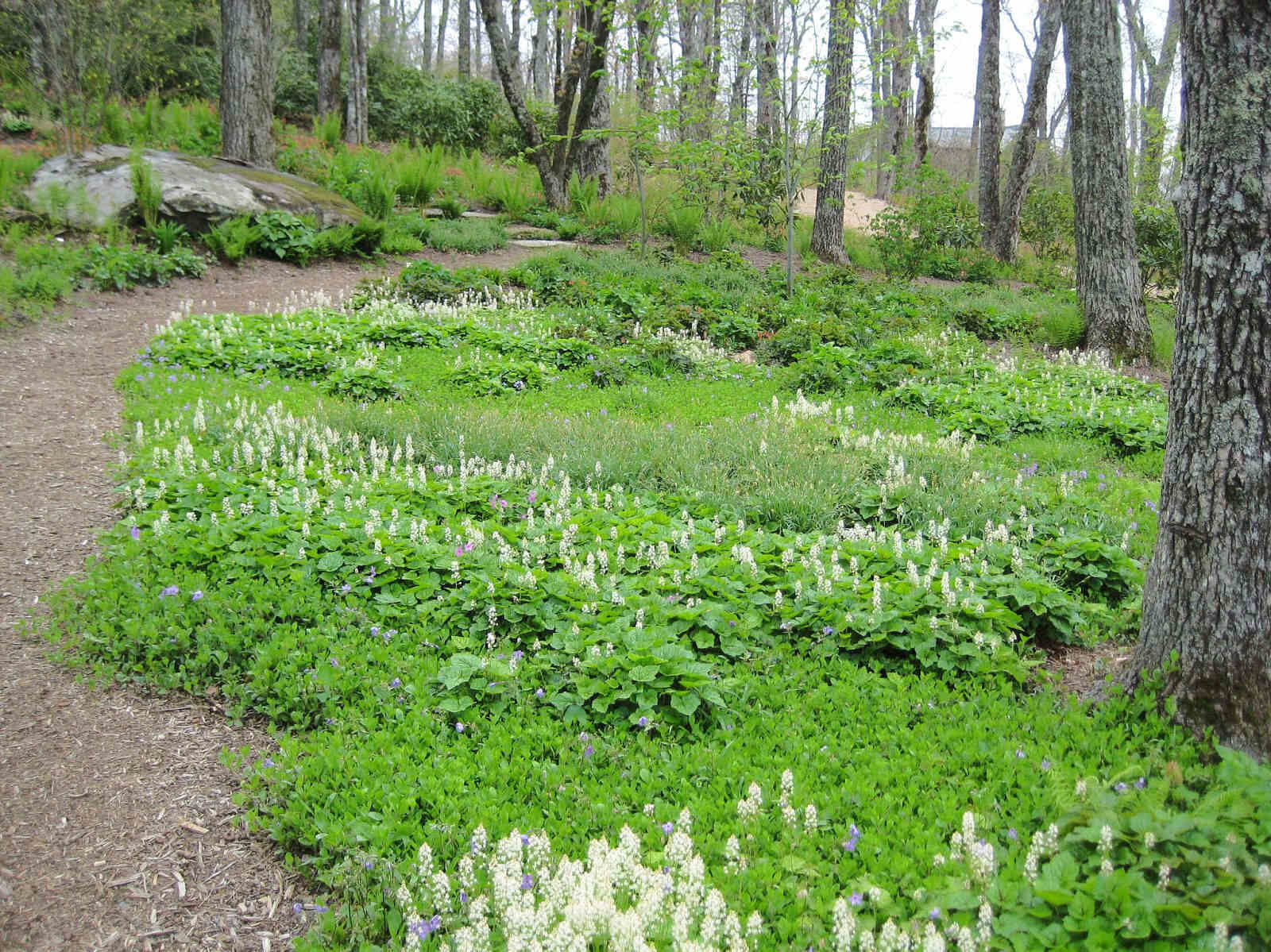
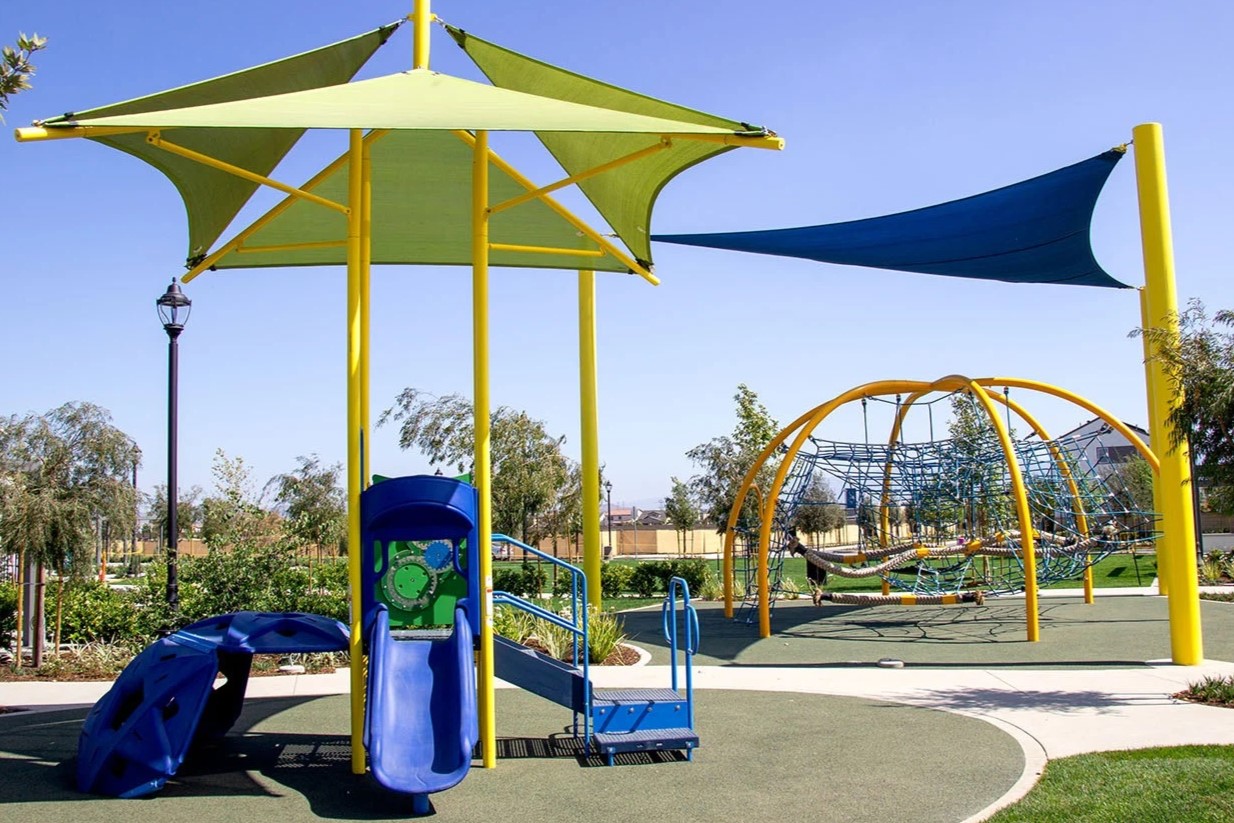
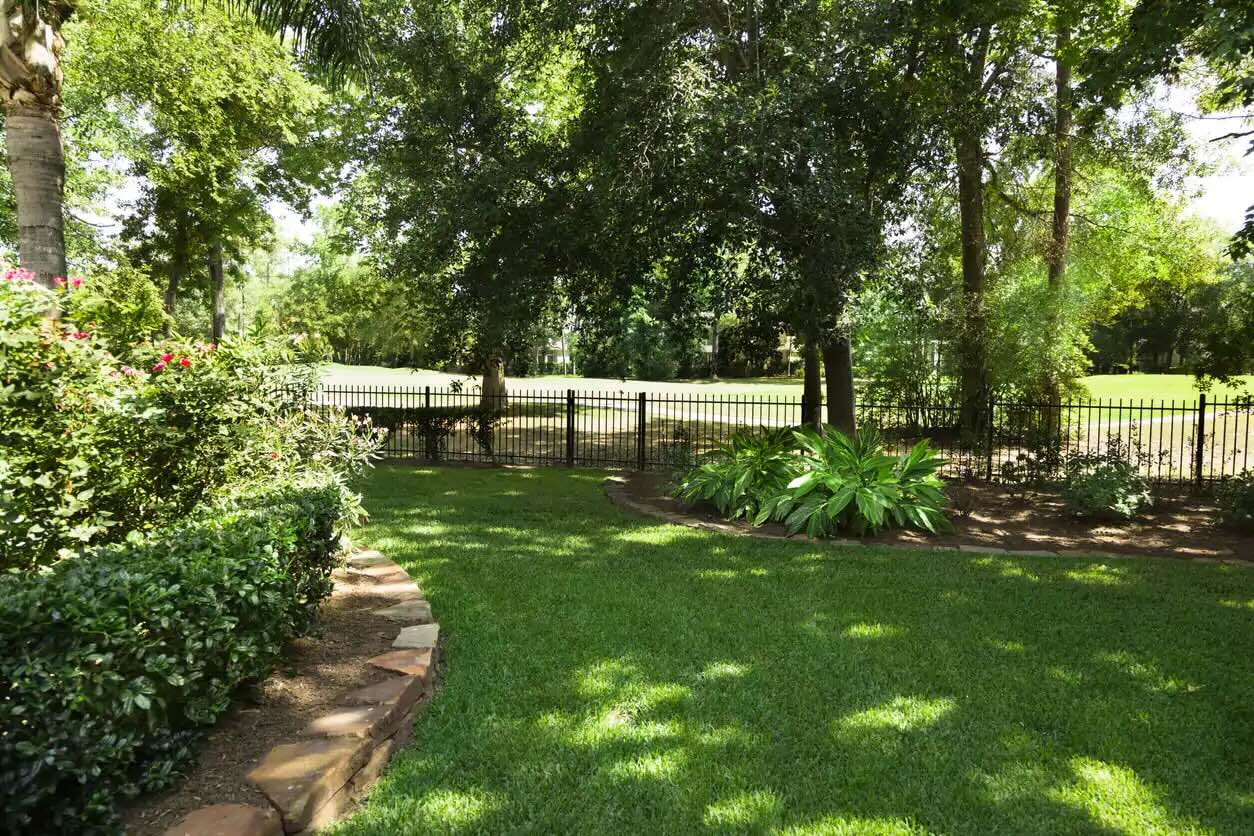
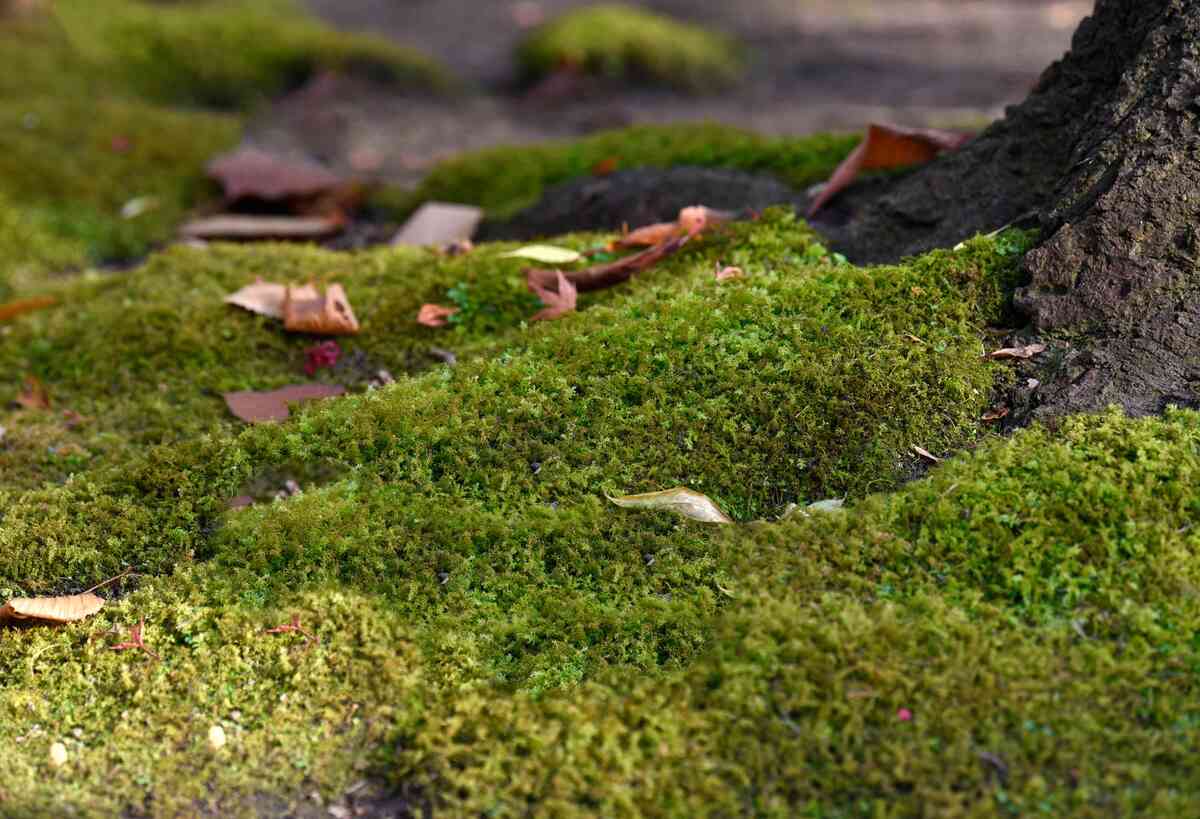
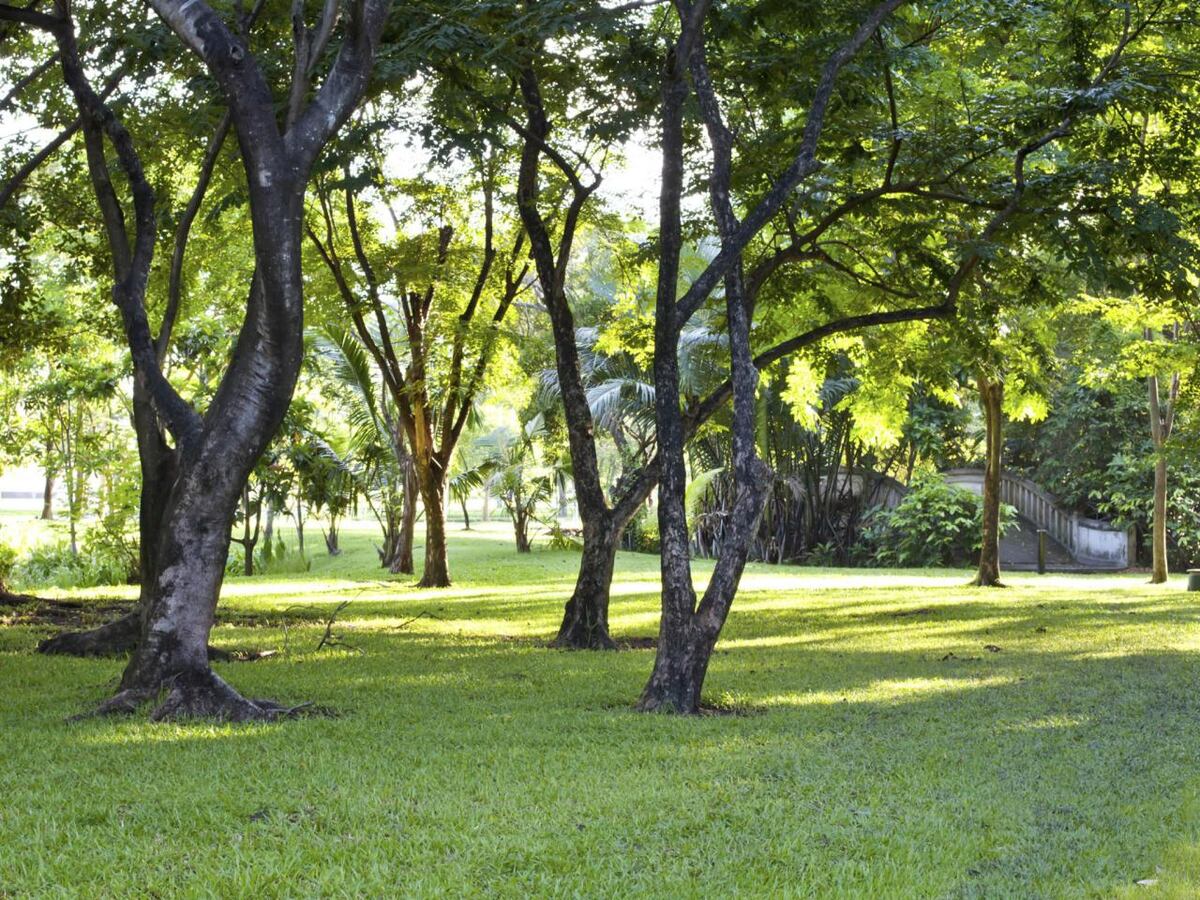
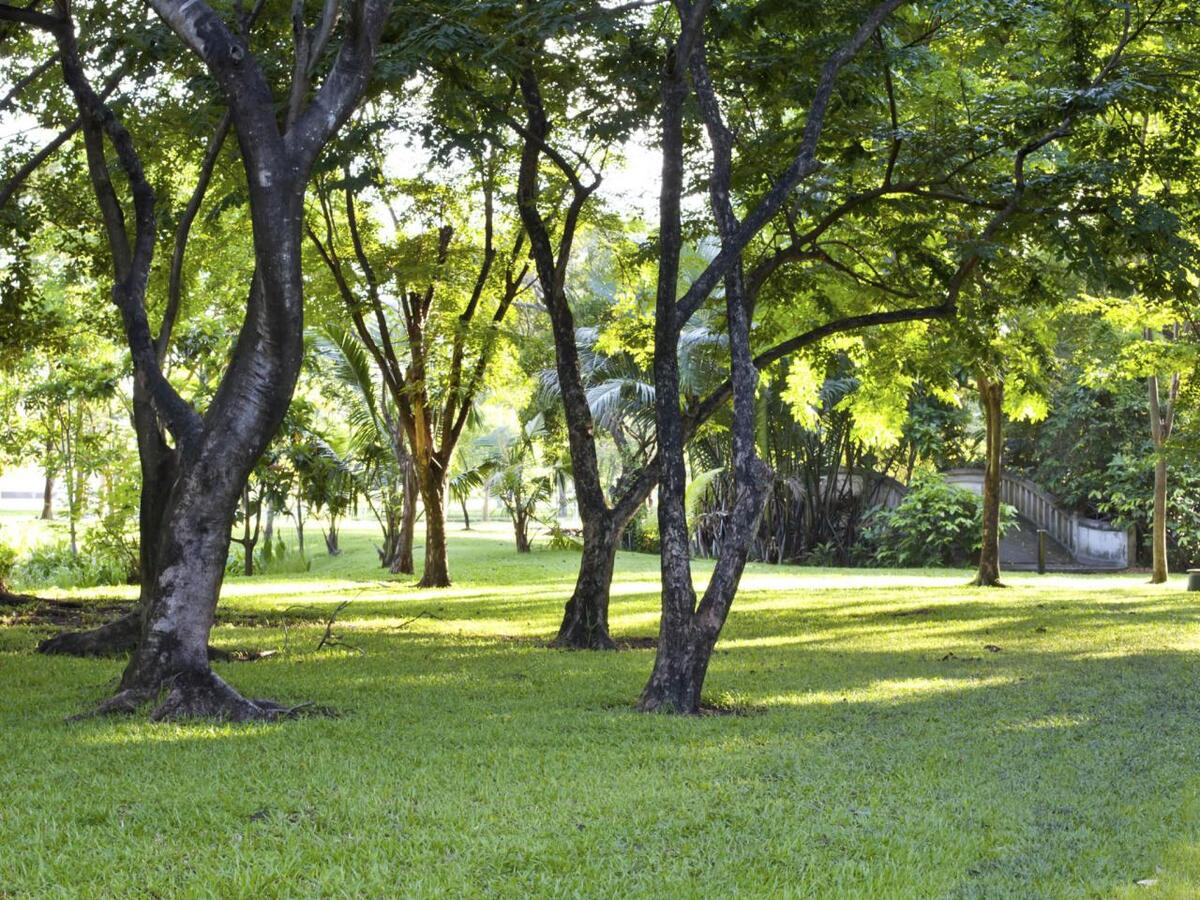

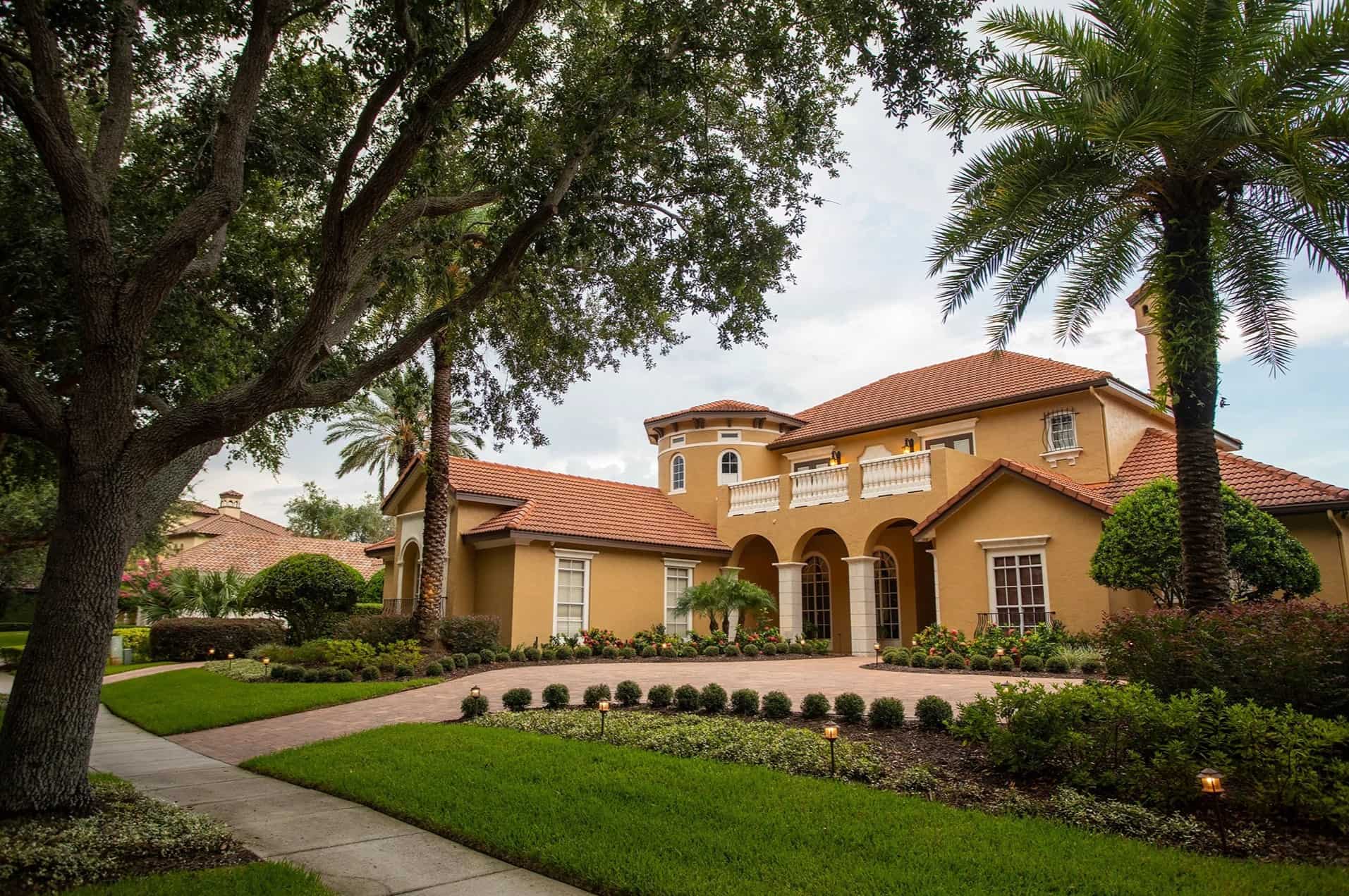
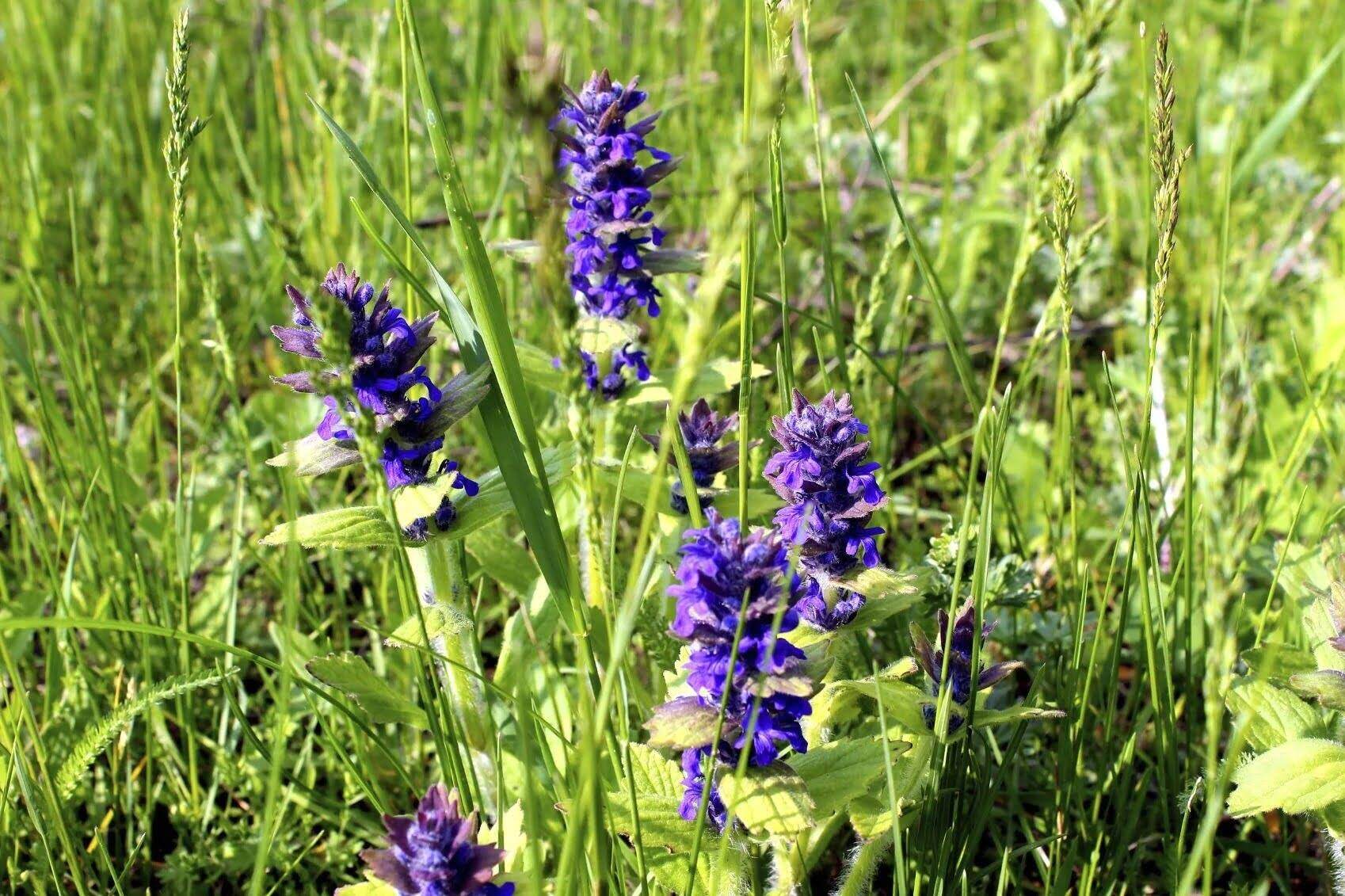
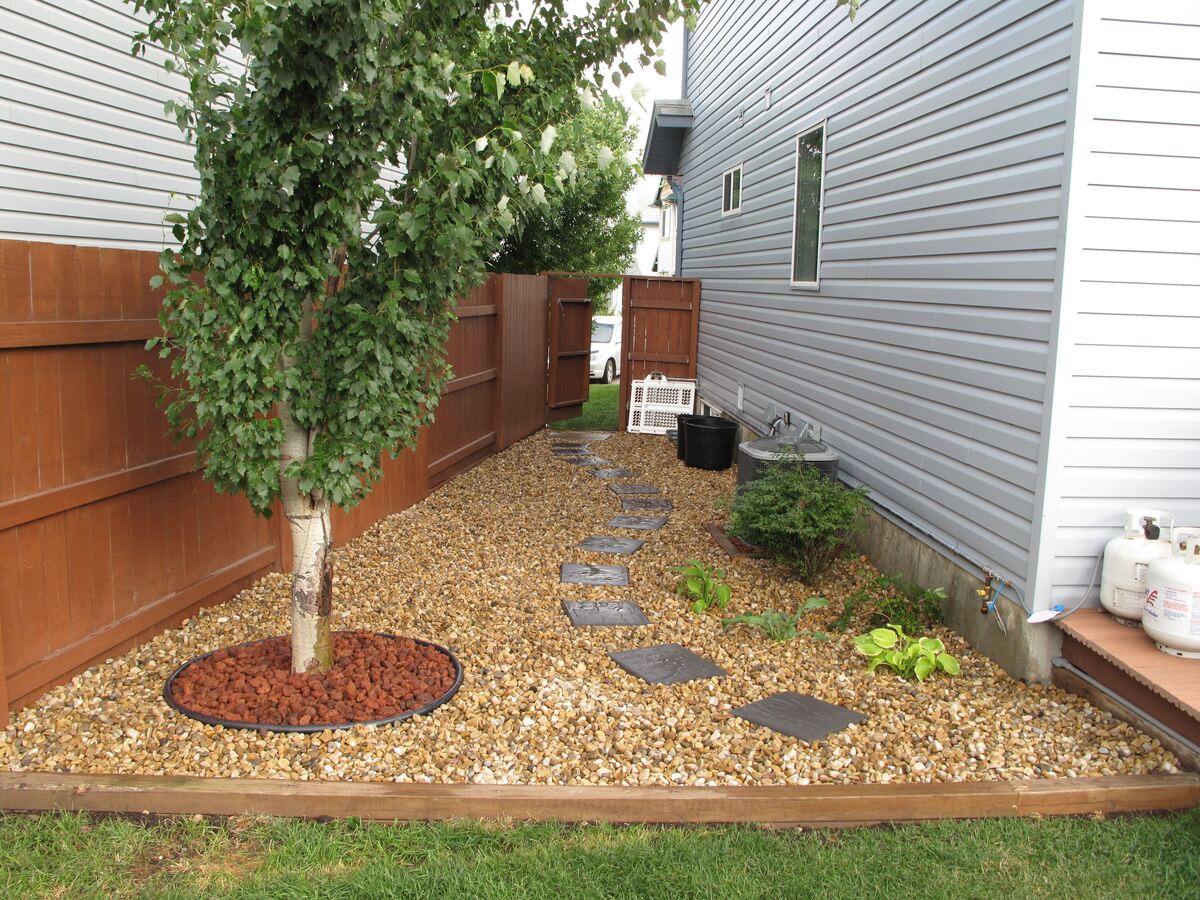
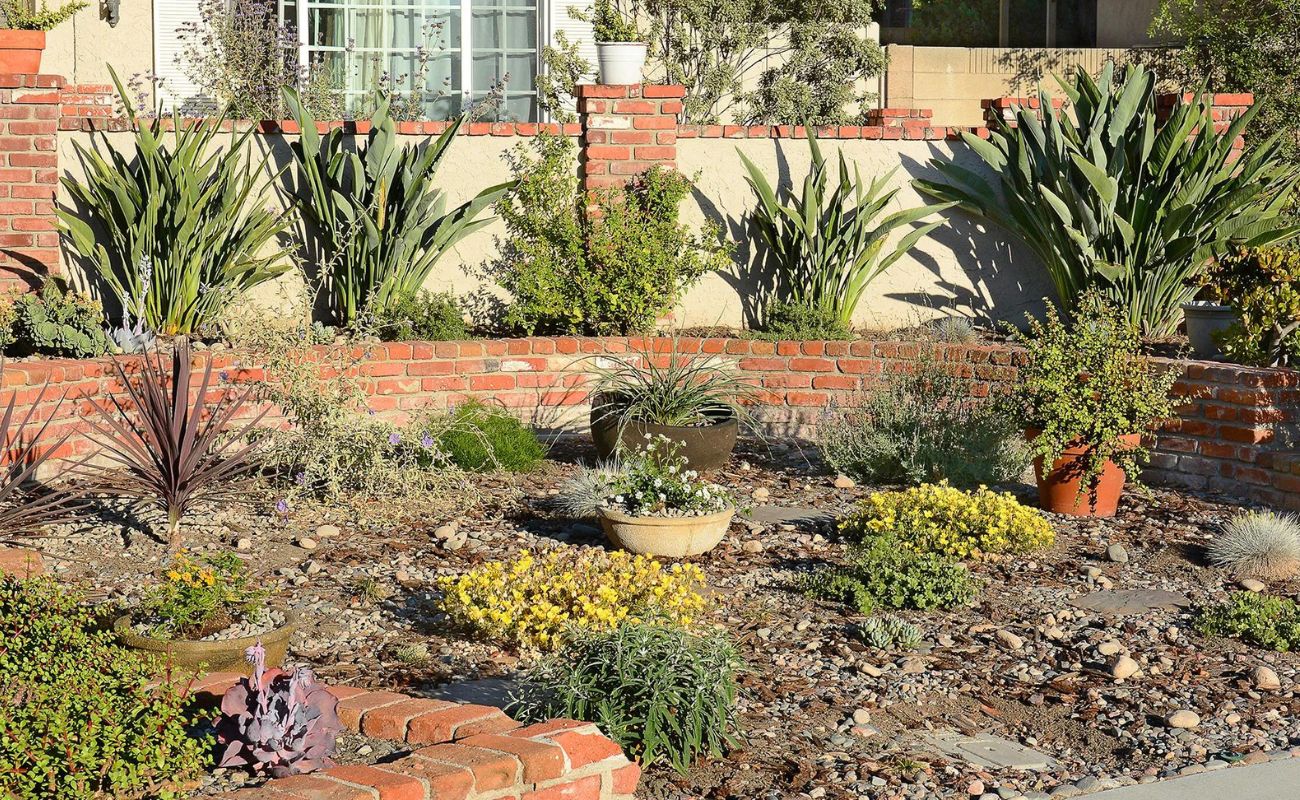
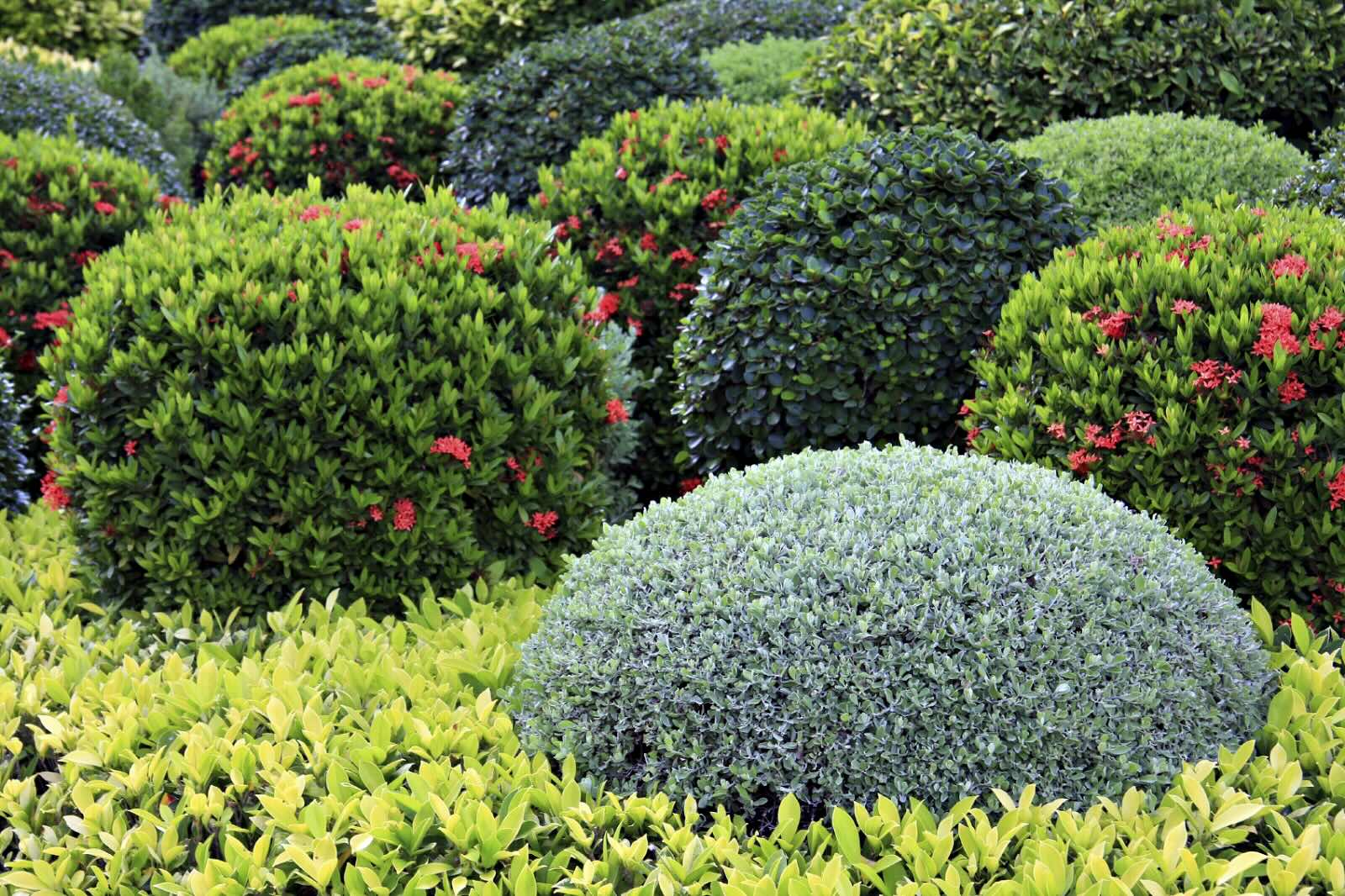
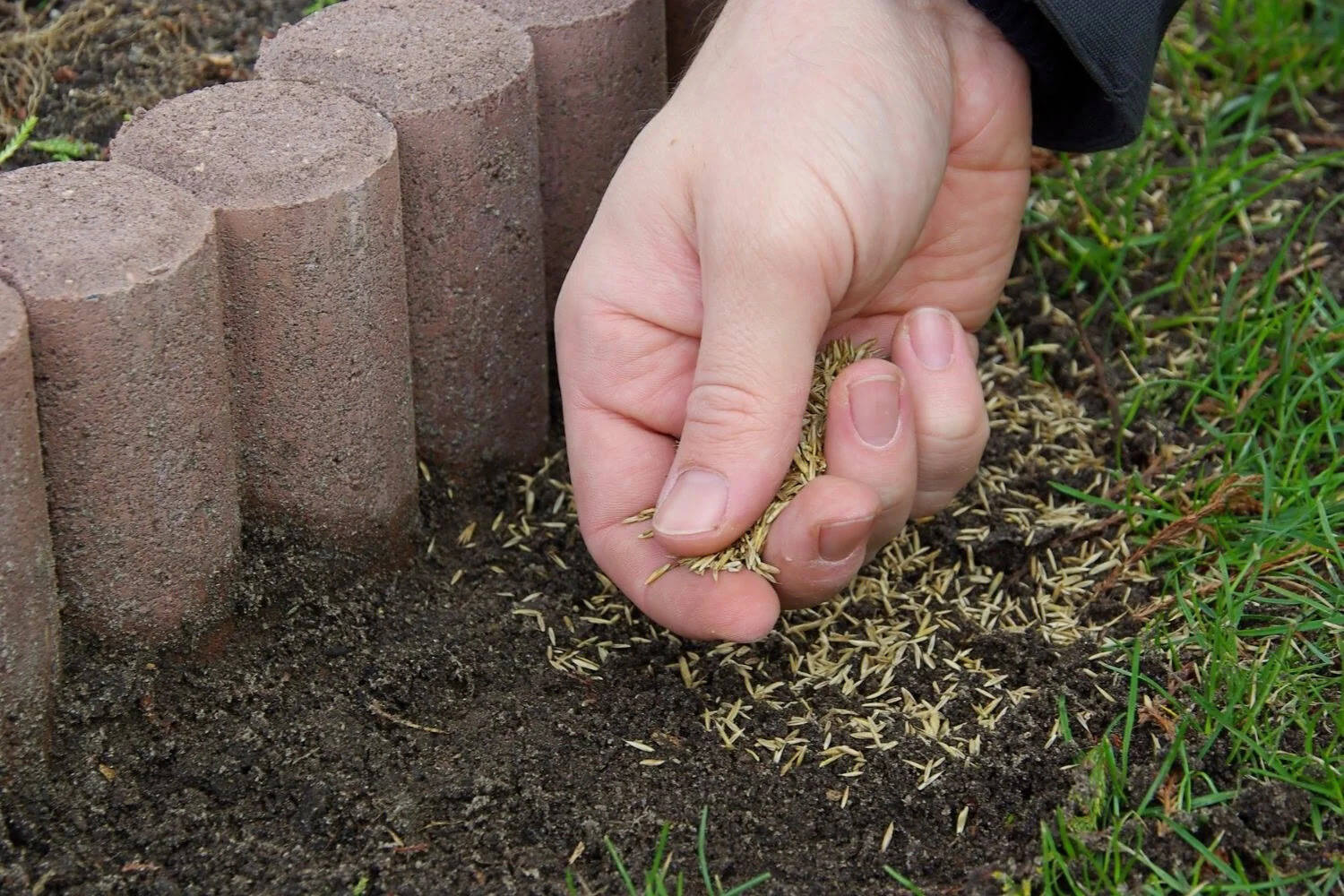


0 thoughts on “How To Grow Grass In Shaded Areas”